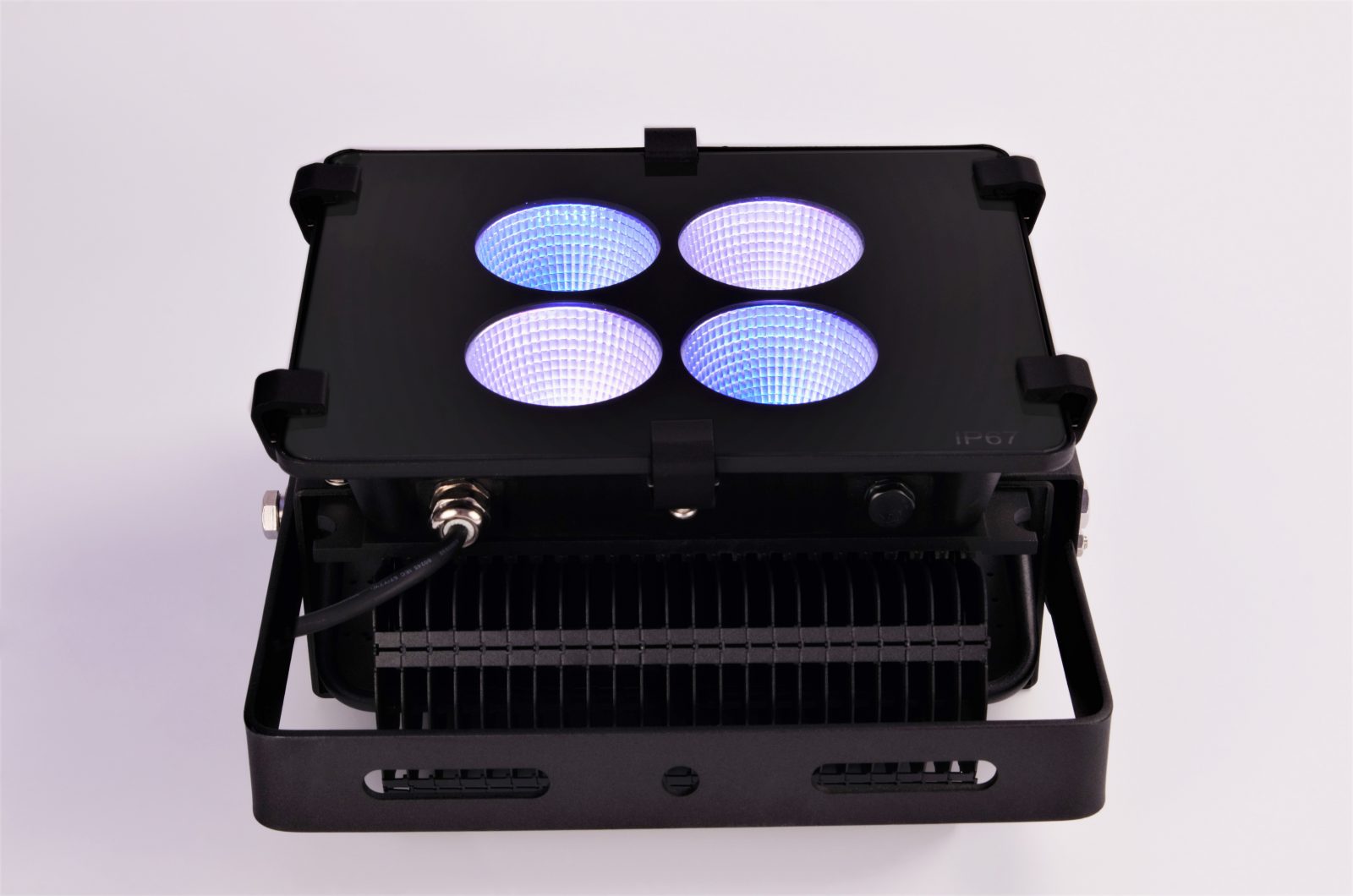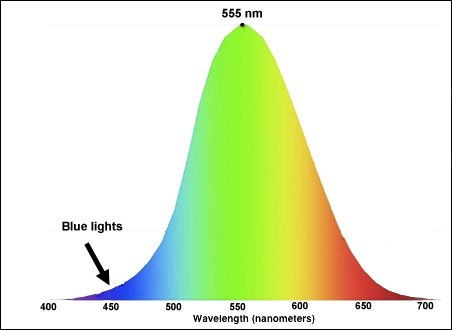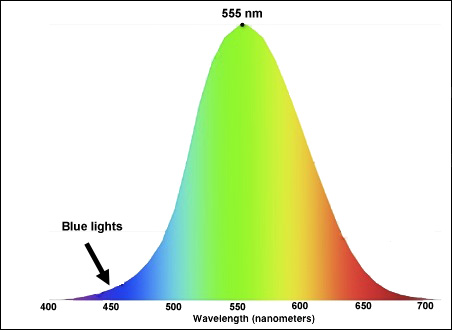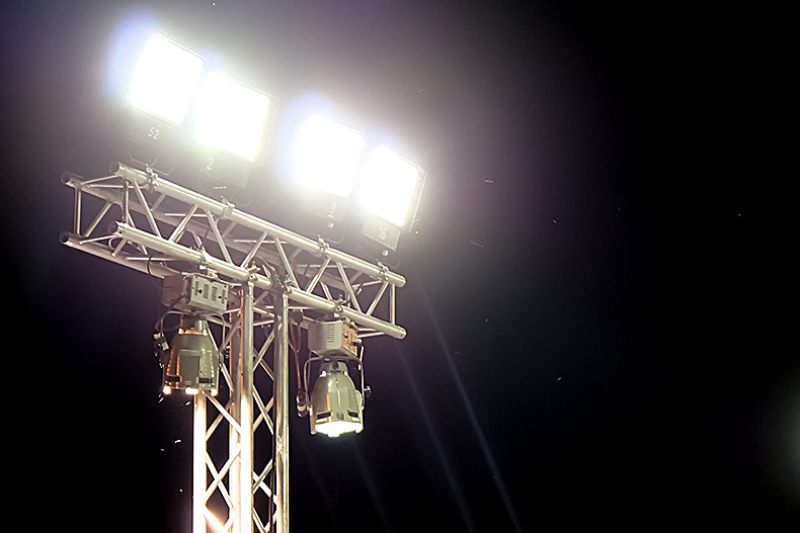Hey Lighting Gurus,
Anyone have any experience with commercial-grade LED floodlights specifically designed for aquarium applications?
Such as this one by Maxspect:
Looking for a possible alternative to four 400W MH 10,000K Pendants but need a lot of coverage and light penetration for a 10 foot wide by 4 foot deep SPS tank mounted 2-3 feet off the water.
Thought these might be a more cost-effective solution versus buying 10-15 LED pucks at $600-800 a piece. Searched and didn't find much on this, I'm assuming since even the smallest ones would be way overkill for most tanks...
Thoughts?
Anyone have any experience with commercial-grade LED floodlights specifically designed for aquarium applications?
Such as this one by Maxspect:
Looking for a possible alternative to four 400W MH 10,000K Pendants but need a lot of coverage and light penetration for a 10 foot wide by 4 foot deep SPS tank mounted 2-3 feet off the water.
Thought these might be a more cost-effective solution versus buying 10-15 LED pucks at $600-800 a piece. Searched and didn't find much on this, I'm assuming since even the smallest ones would be way overkill for most tanks...
Thoughts?
Last edited:



























